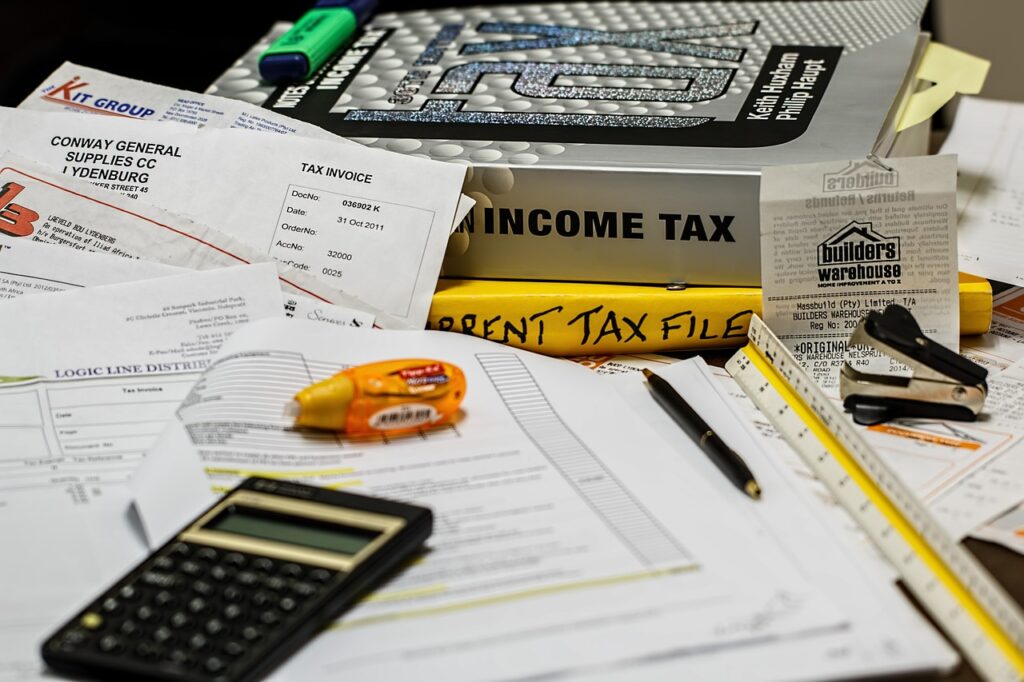Self-assessment tax return is an important process for individuals in the United Kingdom to report their income and claim any tax reliefs they are entitled to. It is mandatory for certain groups of people like self-employed, landlords, and directors of UK companies. These returns must be filed annually, and the deadline for submitting them is usually at the end of January.
One of the key benefits of self-assessment is that it allows individuals to claim tax relief on certain expenses they have incurred during the tax year. This can include things like business expenses for the self-employed, rent or mortgage interest payments for landlords, and certain types of investments or donations to charity.
Who should register?
You need to register for self assessment if you:
- have more than £1,000 of income that is not taxed through PAYE (Pay As You Earn)
- have income from property or any other sources that isn’t taxed through PAYE. This can be either income you receive directly or through a limited company (for example rental income).
- want to pay voluntary National Insurance contributions on your self-employed profits.
Different types of tax returns
There are some differences between the different types of returns and it’s important that you understand what each one covers before filling in a return. The most common types of self-assessment tax returns are:
. Income Tax Self Assessment (ITSA)
. Capital Gains Tax Self Assessment (CGTSSA)
. Self Assessment Income Tax Return (SA100)
If you are unsure about what type of return to use then we recommend that you check with HMRC first before completing one yourself. Alternatively you can contact us and we will be happy to assist you.
Filing Your Self Assessment
To file a self-assessment tax return, individuals must first register with HM Revenue and Customs (HMRC) by filling out a Self Assessment registration form. Once registered, individuals will receive a Unique Taxpayer Reference (UTR) number, which they will need to use when filing their tax return.
The process of filing a self-assessment tax return involves completing a form known as a Tax Return (SA100), which asks for information about an individual’s income and expenses for the tax year. This form must be completed online and sent to HMRC by the 31st January deadline. In addition, individuals may have to complete additional supplementary pages depending on their personal circumstances, for example for partnership, capital gain and foreign property details.
It is important to keep accurate records of income and expenses throughout the year to ensure that the self-assessment tax return is as accurate as possible. This can include things like bank statements, invoices, receipts, and any other records of income or expenses.
Once the tax return has been submitted, HMRC will review the information and calculate any tax that is due. In some cases, individuals may have to pay an additional amount of tax, or they may be entitled to a refund. It is advisable to plan and if necessary pay any outstanding amount before the deadline to avoid incurring additional interest and penalties.
Self-assessment tax returns can be a complex and confusing process, and it is important to seek professional advice if you are uncertain about any aspect of the process. A tax professional or accountant can help you to understand your obligations and ensure that your tax return is accurate and complete.
A good accounting software should be able to help you manage your finances in an efficient way. It should also allow you to do things like track your expenses and income so that you know exactly what you have coming in and going out each month.
Submitting for the first time – simplified steps
If you have not submitted a tax return before, there are some things you can do to help make the process easier:
- Request your tax code from HMRC if you haven’t already received it.
- Enter all the information about yourself, such as name, address, and occupation. If any of these items are missing, go back and add them in before continuing with the rest of the form.
- Make sure that all entries are accurate. In order for HMRC to accept your self-assessment form, it must be completed accurately and completely otherwise they won’t accept it. If there are any mistakes on this form then HMRC may issue fines if they suspect that something has been left out deliberately.
- Enter all income from self-employment activities from last year (for example: tips received from customers) into their proper categories rather than lumping them together under one heading as they may be classified differently by different countries’ tax codes.
Remember
Self assessments are due on the 31st January. If you need help or advice before submitting them, drop us an email. As this is a busy period, we will reply to emails within 48 hours.
Francis Fabrizi
Accountant
Keirstone Limited



